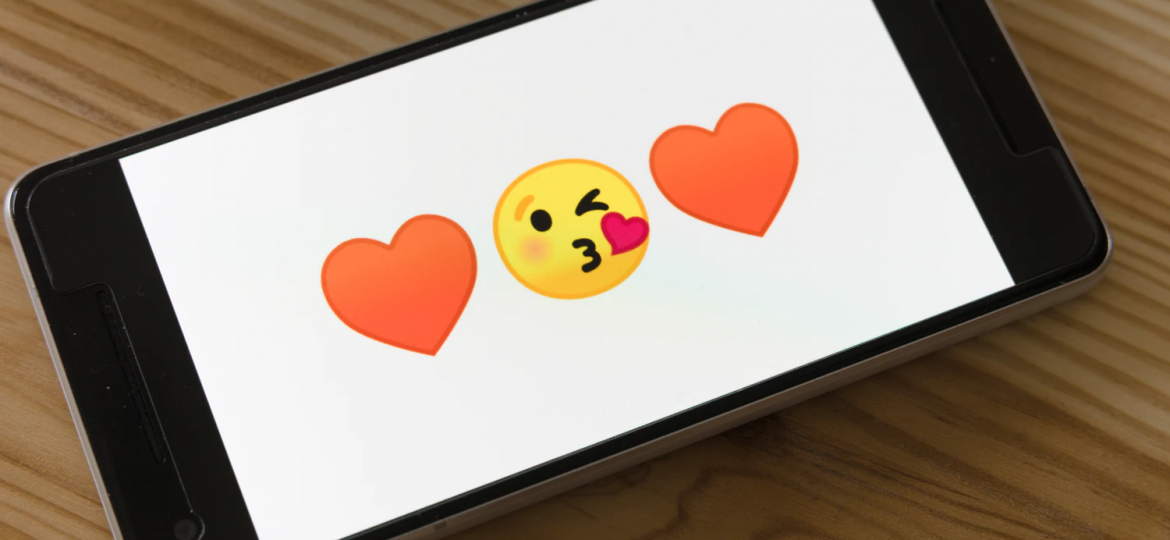
I first discovered online dating in 2006. A website named Fropper. It came as a friendship and dating website. It was relatively platonic, not-so-explicit and claimed to focus on human connection. It was nothing like Adultfriendfinder or what the dating websites and apps look like today. This was the pre-Facebook era. So, it was raw, it was somehow very basic in user interface and design (UI/UX), but the more human for it.
I think part of the reason why I ended up meeting so many people from Fropper was because I was bitten by a curious bug. Travel wasn’t an option for me back then, books were over-exhausted. People soon became an addiction. However, people had not become data yet. Not for me at least. I didn’t think of them as a list, I didn’t think of them in terms of ‘how many’ or ‘how frequently’. Though I wonder if the platform looked at all of us as Data.
Then there was OKCupid, and they were VERY clear that it was about data. Their match-percentage algorithm, which they calculated on the basis of a vast number of user-generated and user-curated question-answers, were based on data. I guess somewhere that’s where it also got interesting. To know that you had a 95 % probability of matching and compatibility with someone because of the questions they and you chose to answer, and because of how you both answered these questions was intriguing to say the least.
Come 2019, I had met some 2000+ people on different dating, networking, and social media platforms. I met most of them in a dating context, and I identify as heteroflexible, or rather mostly cis-hetero, so obviously most of these people were men.
It seemed like a huge number, and I was shocked to realise that consciously or not, I had stored a mental file on each of these individuals. Whether I dated them or not, whether we hooked up, or engaged in BDSM play, or even if we never met another time, the sheer number seemed overwhelming.
Around the same time, I was requested by an app-development company to consult with them on one of their projects-in-the-making. They wanted to create a Tinder-like app, but with a different value proposition. What was going to be different, I asked. They didn’t know. They claimed that they wanted something different, but they were unable to identify a differentiator. Most developers are unable to make platforms safe, they are unable to be create inclusivity where queer people or women will not be bombarded by cis-het men. They are unable to ensure that users’ profiles are genuine. Fact? Those are the differentiators that matter. Those are the differentiators that are very difficult to create.
The new-age apps still do not have filters that would ensure there is no catfishing, they have no control on what happens offline and no sustainable mechanisms for the safety of vulnerable users. There is also no method to check whether an underage person is posing as an adult.
One might claim that the new-age apps are capturing user-generated feedback, but who is really validating the feedback? Who is ensuring that the feedback is genuine? That it isn’t homophobic, or it isn’t misogynistic, or it isn’t driven by the disgruntled resentment of having been rejected?
That’s when it hit me. What the apps, their developers, and the businesses were looking at was data. What I was looking at was people. Real living, breathing people who come to websites and apps to find partners, to find relationships, to find hook-ups, to explore their sexuality. And people, dear reader, are NOT data!
Classifying sexuality as a data point, sounds like someone saying “Oh, only 1% people will die of COVID”! Death may be represented by numbers, but is it really just data? No, there are people behind numbers. Similarly, when it comes to sexuality, relationships, and data, we are not just talking of numbers, but of real people with choices, preferences, values, needs. Real, living, breathing people. Sure, numbers help. They help in normalising different expressions of sexuality, they help in feeling like one isn’t alone as a queer, or as a kinkster, or as an asexual person, for that matter. That I have sought solace in the fact that I knew 100+ people in the kink community when I was actively involved in it, is one such example. I take solace in the fact that I have more than a dozen friends whom I can call in an emergency. We all take solace in numbers. However, don’t we all also suffer because of numbers? When the majority votes for a certain party, we all suffer because of their misguided decisions. When the majority calls marital rape a cultural norm, those who face such violence suffer. When the majority identifies itself as cis-het, queer communities are alienated.
You see, numbers are tricky, data is tricky. More importantly, data is dehumanising. Add sexuality and intimacy to this and the waters get even murkier. Maybe it’s good to leave a few things unaffected by too much data. Maybe we do not want to talk about data and sexuality. Maybe we instead want to talk about why data around gender and sexuality must not be recorded, and instead, maybe focus on why we should honour every kind of sexual preference which is within the purview of the safe and consensual.
Cover Image: Unsplash
इस लेख को हिंदी में पढ़ने के लिए यहाँ क्लिक करें।